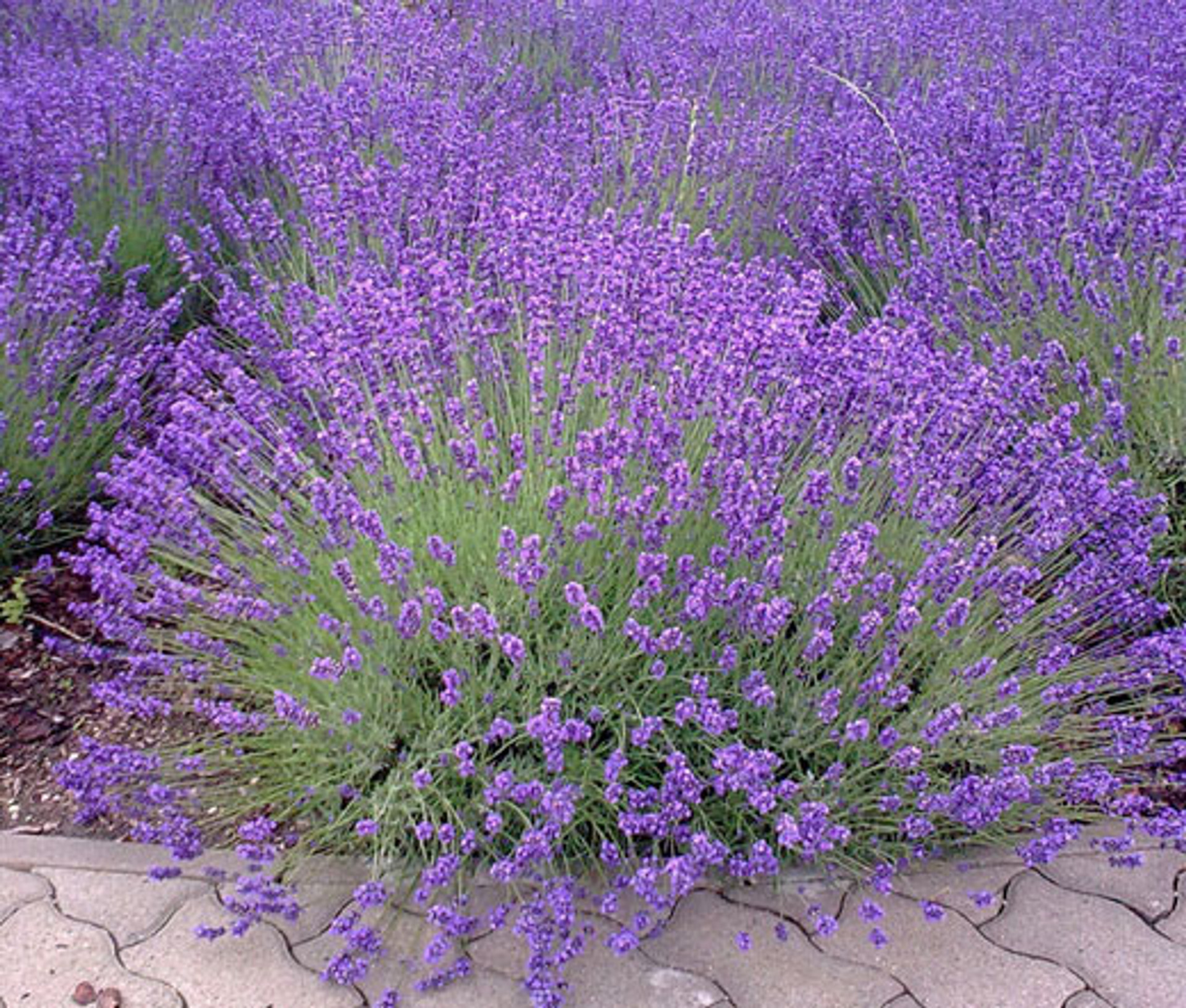

Raised beds, pots or planting lavender on mounds or rockeries will all provide more favourable drainage conditions for lavenders as alternatives to beds that have damp soil. Transplanting to a pot will be advantageous as you can move the lavender to the most sunny location and it will be dryer then planting in the ground which will benefit the roots.Īvoid transplanting lavender into any low lying or moist areas of the garden that tend to become damp naturally or for prolonged periods after rainfall.

#Lavender seedlings full#
If the lavender is in full shade it will simply not be able to live as this is at odds with the Mediterranean conditions to which it is best suited.įull sun also helps to keep the soil and the roots and foliage of the lavender dry so it less susceptible to fungal disease. The less sunlight a lavender receives the less it will bloom and produce the oil that is responsible for fragrance, and it will likely end up with a leggy, untidy appearance. Lavenders require at least 6 hours of sun per day but will produce the best results in full sun. Choose a Sunny, Dry Location for Transplanting
#Lavender seedlings how to#
Keep reading for exactly how to transplant lavender and take note of useful tips on how to minimize transplant shock as your lavender adjusts to its new home.

Choose the sunniest location in the garden (more then 6 hours of direct sun).Ideally add a white reflective stone mulch to increase sun exposure which will increase blooms.Water the lavender diligently for the first year (but not too much) as the lavender becomes established in its new home.Check the soil pH lavenders prefer a soil pH of 6.5-7.5.Ensure the soil drains quickly adding sand and grit is usually necessary.To transplant lavenders successfully you will need to: Transplanting during winter time is best avoided as soils are cold and tend to retain more water at this time of year, whereas lavender roots like to be kept dry. It is however possible to transplant lavenders at anytime of year if necessary, although there may be more of a pronounced effect on the number of flowers produced that year, if it is transplanted outside of the optimal early spring window. You can transplant lavenders in your garden or into pots, if you amend the soil for good drainage and water consistently for the first season until the lavender becomes established. The best time of year to transplant a lavender is early spring as this will minimize transplant shock.


 0 kommentar(er)
0 kommentar(er)
